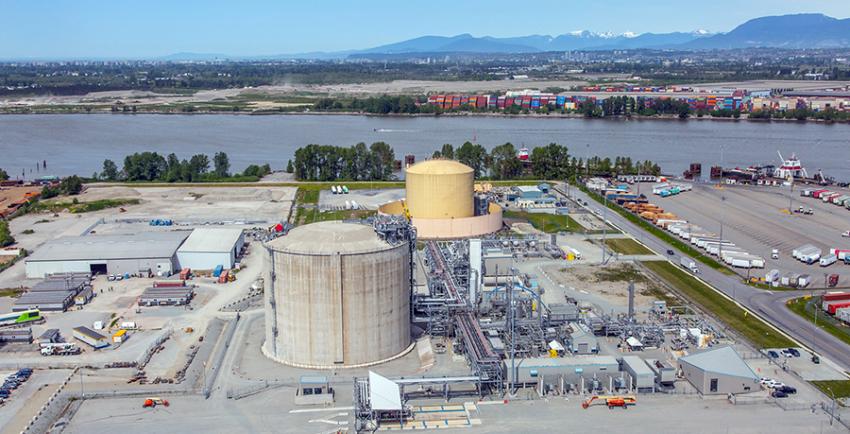Canadian utility and operator of the Tilbury LNG facility in the province of British Columbia, FortisBC, and its partner Seaspan Energy, part of Seaspan, have won environmental approval from the BC government for their planned Tilbury LNG jetty project.
Tilbury Jetty Limited Partnership won an environmental assessment certificate for the Tilbury marine jetty (TMJ) project and it is now awaiting a decision from the government of Canada, FortisBC said in a statement.
The TMJ project consists of building a jetty on the south arm of the Fraser River adjacent to FortisBC’s existing Tilbury LNG facility.
Once constructed, the TMJ will be the first facility on Canada’s west coast that will enable trans-oceanic vessels to fuel with LNG at the Port of Vancouver, according to FortisBC.
The jetty would provide berthing and loading facilities for LNG carriers and bunker vessels with a carrying capacity of up to 100,000 cbm.
“Since 2014, the TMJ project team has conducted thorough and ongoing engagement and consultation with municipalities, the Metro Vancouver Regional District, federal and provincial agencies and Indigenous communities,” FortisBC said.
In 2022, FortisBC signed an agreement with the Musqueam Indian Band that includes options for Musqueam to acquire equity ownership in the projects at Tilbury, subject to regulatory approvals and certain conditions precedent.
Launched in 1971 with one 28,000-cbm tank, the Tilbury LNG facility already received several upgrades involving storage but also liquefaction facilities.
The Phase 1A expansion, commissioned in 2019, added a 46,000 cbm storage tank and LNG liquefaction capacity of 0.25 million tonnes per annum (mtpa) to the Tilbury LNG facility.
The Phase 1B expansion is intended to serve growing demand for LNG as a marine fuel by increasing liquefaction capacity by up to 0.65 mtpa.
ForticBC is also planning the second expansion phase and this expansion has two components and serves two functions.
The first component is an additional storage tank of up to 142,400 cbm to provide a backup energy supply to the Lower Mainland, while the second component is additional liquefaction of up to about 2.6 mtpa, according to FortisBC.

